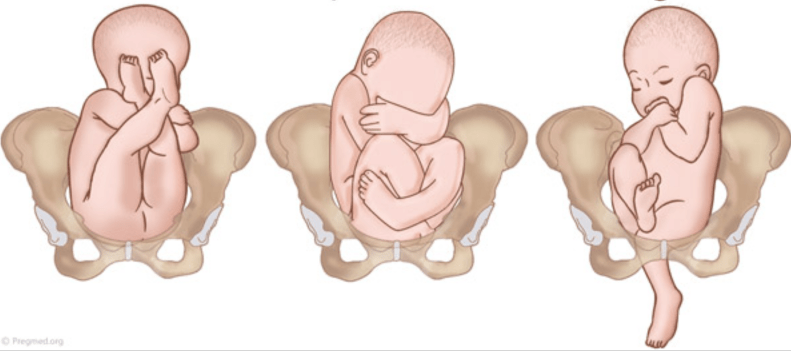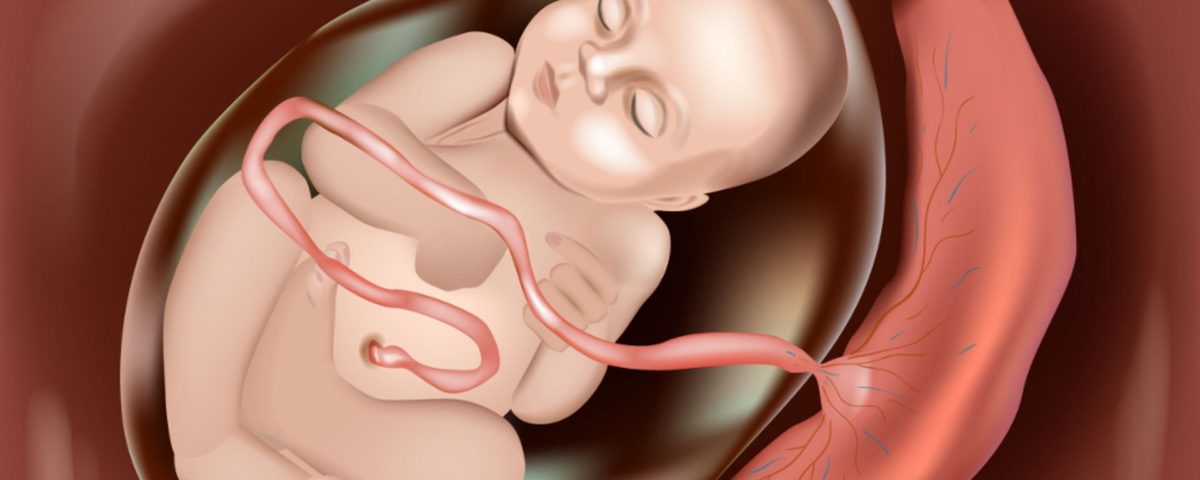The baby is in constant movement in the womb during pregnancy. In the early stages of pregnancy, the fluid in which the baby floats occupies a larger space compared to the baby. This is why the baby can assume various positions in the womb, rotate, turn and move around. As the pregnancy progresses towards delivery, the baby should assume a normal posture and assume a head-down position. Sometimes, however, the baby’s posture changes and it becomes clear that the bottom is on the bottom and the head is on top, i.e. the baby is upside down. This is referred to as breech presentation.
What is Breech Arrival? What does it mean for a baby to be upside down?
The part of the baby that is prominent at birth is called the baby’s presentation. As birth approaches, babies should normally present with their heads. However, in some cases the buttocks or legs present abnormally. In other words, if the butt is down instead of the head, this is called breech presentation. Breech presentation can be observed in 3 – 4% of pregnant women.
Why do babies turn upside down?
One of the most important factors in the inverted position of babies in the womb is the gestational age. The younger the expectant mother, the more likely it is that the baby will be breech. Apart from gestational age, other causes such as deformities in the uterus are also among the causes of breech presentation. Other causes of breech presentation are as follows;
Causes of Breech Arrival
- Prematurity (premature birth)
- Oligohydramnios ( Decreased Water in the Baby )
- Polyhydramnios ( Increased Amniotic Fluid)
- Placenta Previa
- Multiple pregnancies
- Myomas
- Previous breech birth
- Uterine anomalies
- Pelvic tumors
Types of Breech Arrival

There are 3 different types of breech presentation.
1 . Pure breech presentation: The baby’s thighs are pulled towards the body. The knees are fully extended and the feet are next to the head. The only part that comes forward is the baby’s bottom.
2 . Full breech presentation: Both the baby’s legs and knees are bent. The baby is in a cross-legged position.
3 . Incomplete breech presentation: Another name is foot arrival. The baby’s feet, not the buttocks, are the most prominent part of this arrival.
External Cephalic Version (Turning the breech baby so that the head comes from the outside)
Breech babies can be turned into head babies with external maneuvers in late pregnancy. These maneuvers, which were common in the past, are not preferred today because of the risk of placental abruption (detachment of the placenta), which can lead to sudden death of the baby in the womb.
What is the appropriate mode of delivery for breech presentation?
If you ask if breech babies cannot give birth vaginally, the answer is yes, they can, but it will be risky. Unfortunately, breech presentation is the method of delivery that is more risky for babies in normal vaginal delivery. There is a risk of the baby’s head getting stuck. In this case, the baby may be deprived of oxygen. Therefore, today cesarean section is more commonly preferred as the mode of delivery in breech presentation. If breech presentation is detected during pregnancy, I recommend that pregnancy follow-ups should be continued regularly and a joint decision should be made in consultation with your doctor about the mode of delivery depending on whether the baby turns or not.
We wish you a healthy delivery…








